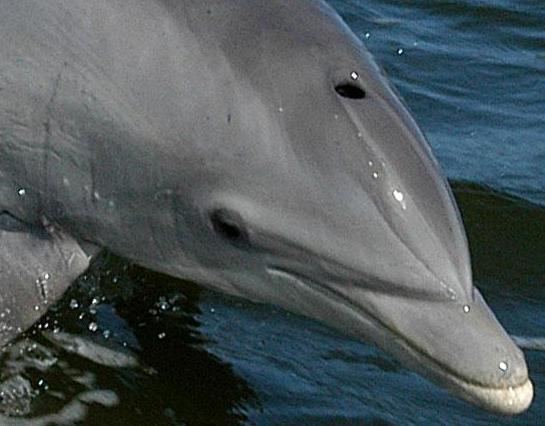 | ||
In anatomy, the term rostrum (from the Latin rostrum meaning beak) is used for a number of phylogenetically unrelated structures in different groups of animals.
Contents
Invertebrates
Vertebrates
The beak or snout of a vertebrate may also be referred to as the rostrum.
References
Rostrum (anatomy) Wikipedia(Text) CC BY-SA
